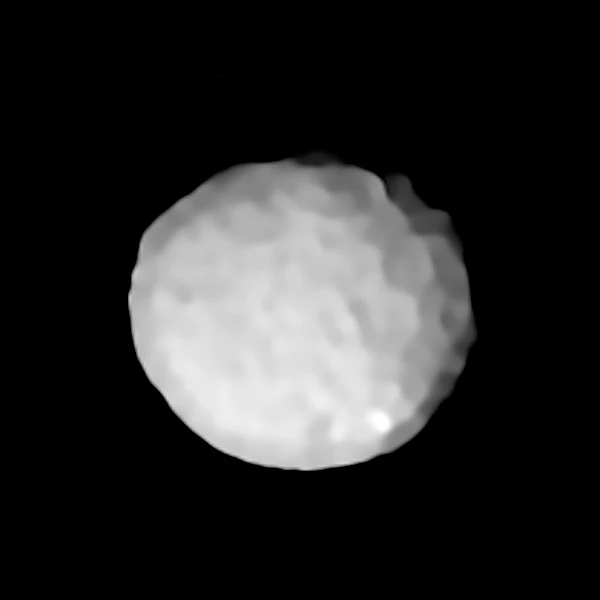
Pallas, officially designated (2) Pallas, is the second asteroid discovered in the main asteroid belt. It was first observed by German astronomer Heinrich Wilhelm Olbers on March 28, 1802. With an average diameter of about 512 km, Pallas is the third-largest object in the main belt after Ceres and Vesta, and represents about 7% of the total mass of the asteroid belt.
Pallas exhibits several unique characteristics that make it a particularly interesting object of study:
Spectroscopic observations suggest that Pallas is primarily composed of silicates with a possible layer of ice beneath its surface. Its average density (about 2.8 g/cm³) is lower than that of typical stony meteorites, which could indicate significant porosity or the presence of volatile materials.
Pallas is the prototype of B-type asteroids, a subcategory of carbonaceous C-type asteroids. These objects are among the most primitive in the solar system, having undergone little modification since their formation 4.5 billion years ago. Pallas holds a special place in the history of astronomy as its discovery helped establish the asteroid belt as a distinct region of the solar system.
Although no space mission has yet visited Pallas, several proposals have been made for its exploration. Its size and unique characteristics make it a priority target for understanding the formation and evolution of the solar system. Scientists hope that a future mission will reveal details about its internal composition, geological history, and potential as a preserved relic from the early days of the solar system.